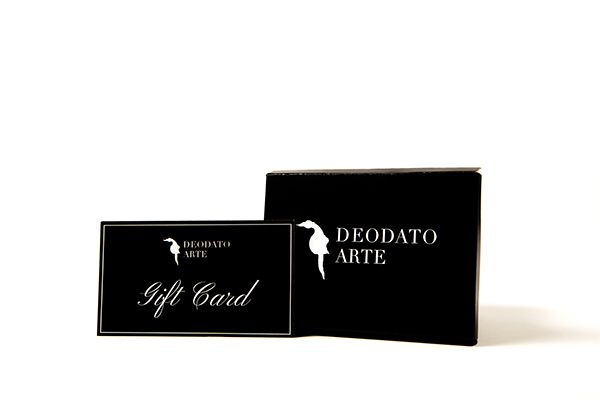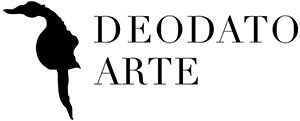
It was 9 November 1989 when the Berlin Wall, which had divided the German capital for almost thirty years, fell and was peacefully stormed by thousands of citizens. Citizens of East and West Berlin were reunited from that moment on and, together, celebrated the end of the division.
To celebrate the 33rd anniversary, we retrace the history of the Berlin Wall with famous graffiti and the creation of the East Side Gallery, the world's largest open-air art gallery.
Keith Haring and his work on the Berlin Wall
In 1986, just three years before the fall of the Berlin Wall, Keith Haring was asked by the Mauermuseum (The Wall Museum) to create a mural. The museum asked Keith Haring to cover a portion of the wall about 300 metres long. Haring was only able to realise his artwork on the west side of the wall as the east side could not be approached.
When Haring travelled to Berlin to realise the work, the artist was already so well known and appreciated that his arrival in the capital had a great media resonance.
The work was realised in just one day and destroyed in the same time frame. Of the mural created on 23 October 1986 by Keith Haring, only the famous pictures of the artist in front of the work remain today.
The message Haring wanted to convey was one of unity and brotherhood between the peoples of East and West Germany. To make this happen in Haring's artwork, the Berlin Wall was painted yellow and a long chain of human figures joined from hand to foot was drawn on top of it. The figures, realised in Haring's typical style, were made using the colours red and black so that, when finished, the mural consisted of only three colours: yellow, red and black, i.e. the colours of the German flag.
The message was not aimed at either area specifically, rather Keith Haring's intention was simply to one day see both peoples reunited.
The chain represents the unity of the people, painting them in the colours of the East and West German flag, black red yellow. - Keith Haring
Already the day after the mural was created, the work was ruined and smeared with paint. When it was pointed out to Haring that there was hardly anything left of his painting, he simply replied that graffiti is temporary art and that he himself sometimes covered the works of his colleagues, this being the destiny and beauty of graffiti art.
On 9 November 1989, Haring's mural seemed to come to life. People from both East and West Berlin came together and formed human ropes, just as had been depicted in Haring's mural just three years earlier.
Berlin - East Side Gallery
Between 1990 and 1992, more than 100 artists from all over the world came together and painted the remains of the wall located in Berlin's Friedrichshain district. Since 1992, this 1.3 km long “piece” of the Berlin Wall with graffiti has become a veritable open-air art gallery.
In 1989, the portion of the wall where the Berlin East Side Gallery stands today - named because the wall was on the east side of the city - was completely blank, and was donated as a 'blank canvas' to artists from all over the world to create their own mural. Since 1992, the open-air gallery has been protected as a monument.
In Berlin, East Side Gallery is entirely painted with graffiti on themes such as peace, the end of the Cold War, solidarity and freedom. Among the most famous graffiti are those by Dmitri Vrubel, Gabriel Heimler, Birgit Kinder and Thierry Noir.
Dmitri Vrubel - My God, help me survive this mortal love
Among the Berlin Wall graffiti, Dmitri Vrubel's My God, help me survive this mortal love is certainly one of the most famous and celebrated. The work depicts Leonid Il'ič Brežnev and Erich Honecker, respectively General Secretary of the USSR and President of the GDR exchanging a kiss.
On the remains of the Berlin Wall, Graffiti Kiss is one of the most famous works and is also known as The Mortal Kiss.
Gabriel Heimler - Der Mauer Springer
Graffiti by Gabriel Heimler, Der Mauer Springer (literally The Wall Jumper) depicts a man who is intent on jumping over the wall. In this work, the artist celebrates and pays tribute to the hundreds of people who attempted to escape from East Germany to West Germany, most of whom were killed in carrying out this fatal act.
Birgit Kinder - Test the Best
Among the works celebrating the fall of the Berlin Wall, graffiti such as the artwork by Birgit Kinder, Test the Best have a profound symbolic value. The work depicts a car, a Trabant, breaking through the wall. The car was produced during the Cold War years in the USSR and was used by East Berliners to escape to West Berlin after the fall of the Wall.
The number plate of the car that breaks through the wall bears the inscription Nov 9-89, the date of the fall of the Berlin Wall.
Thierry Noir - Hommage an die junge Generation
Thierry Noir was one of the first foreign artists to paint the Wall once it fell. With Hommage an die junge Generation (Homage to the Young Generation), the artist paints his iconic coloured oval heads, dedicating the mural to the younger generation.
The artist's style is simple and straightforward because already in the early 1980s, Noir painted illegally on the Berlin Wall on the West side. Thierry Noir was one of the first to trigger what we can now call an artistic revolution.











 Register
Register Wishlist
Wishlist Contact Us
Contact Us


